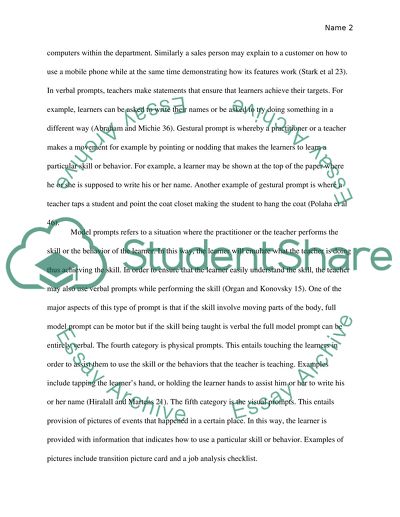Human behavior in prompting research paper Essay. Retrieved from https://studentshare.org/miscellaneous/1666111-human-behavior-in-prompting-research-paper
Human Behavior in Prompting Research Paper Essay. https://studentshare.org/miscellaneous/1666111-human-behavior-in-prompting-research-paper.


